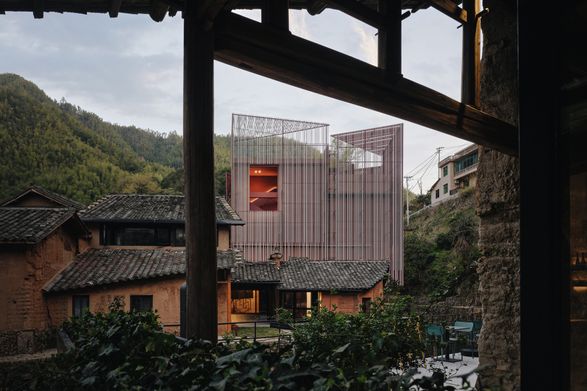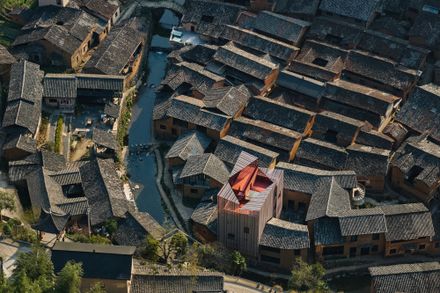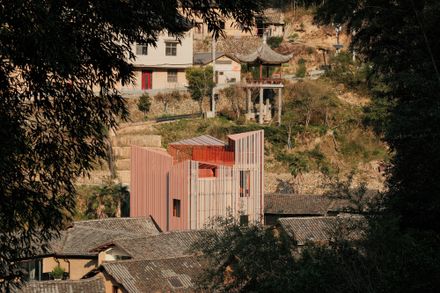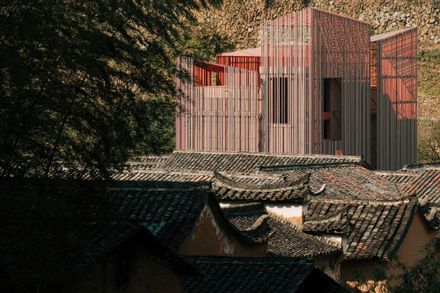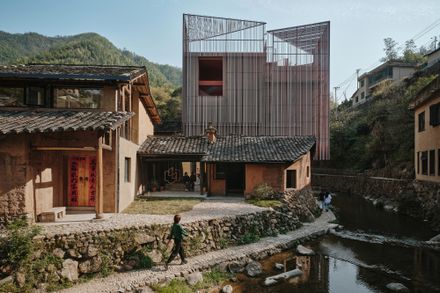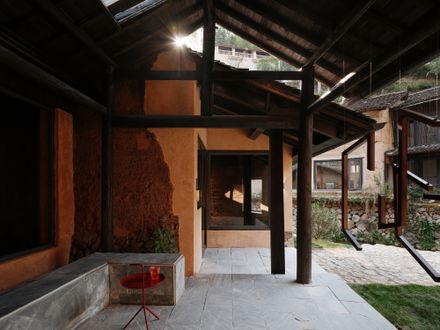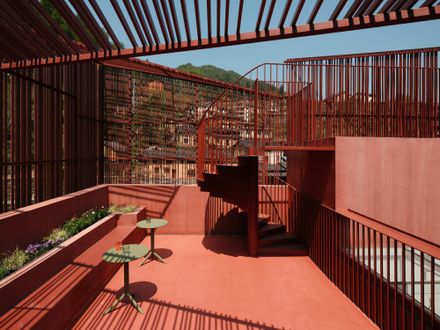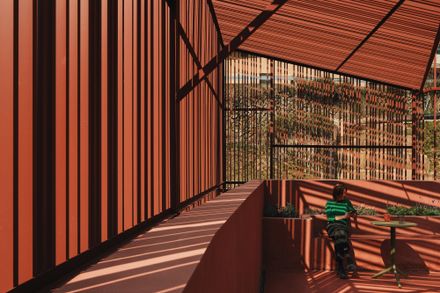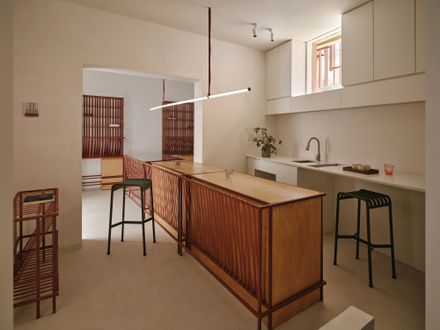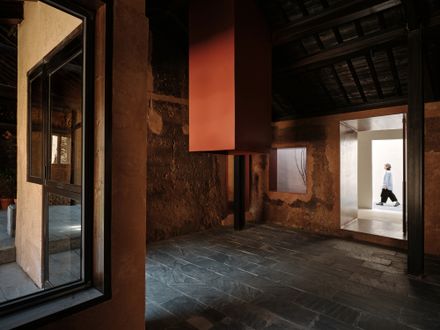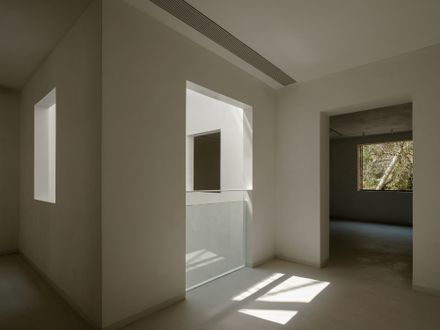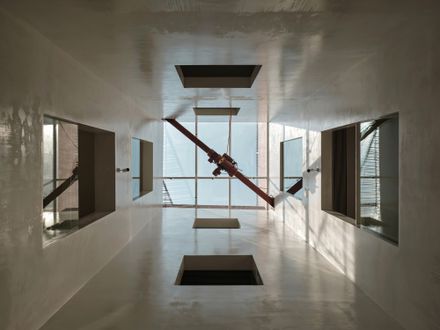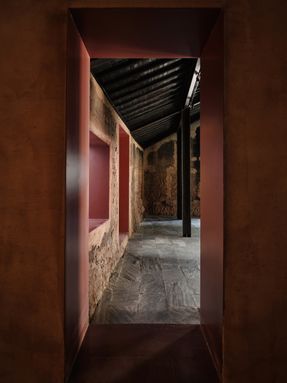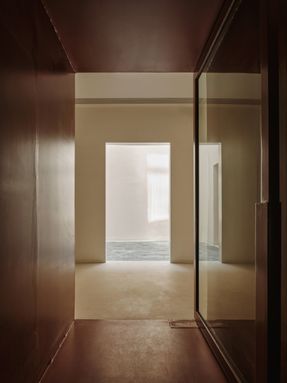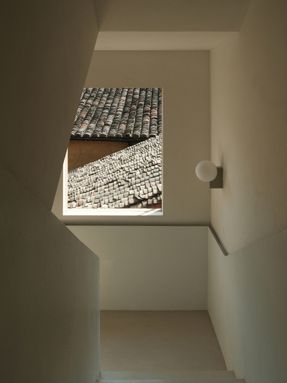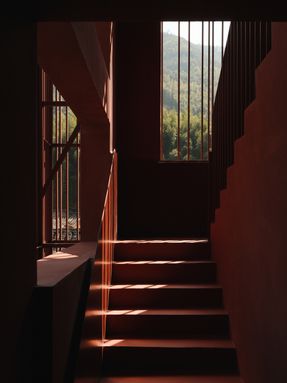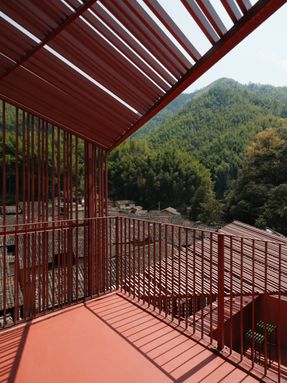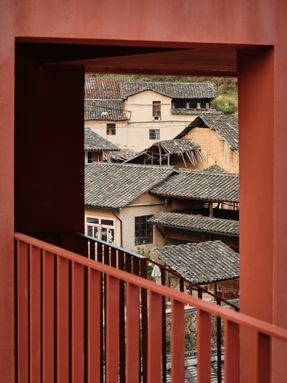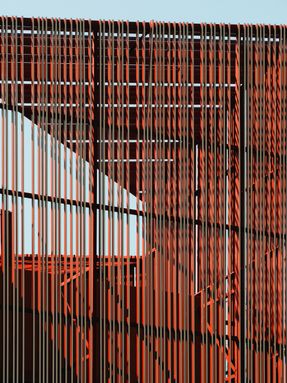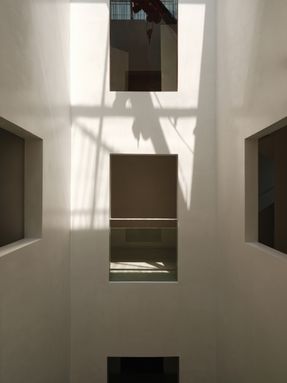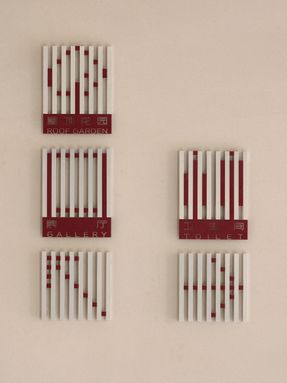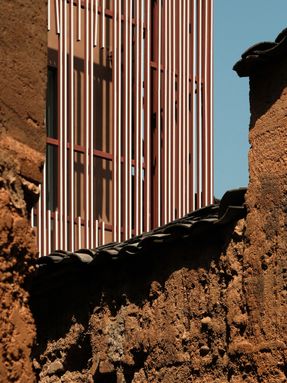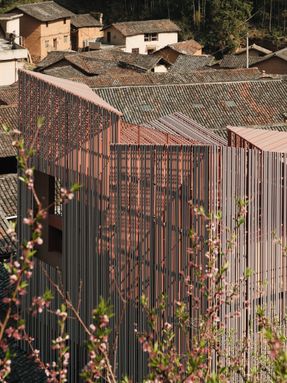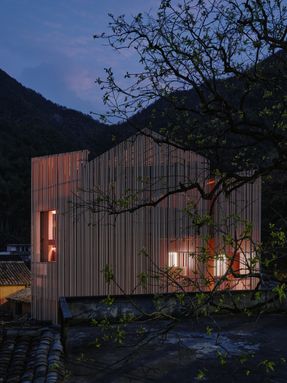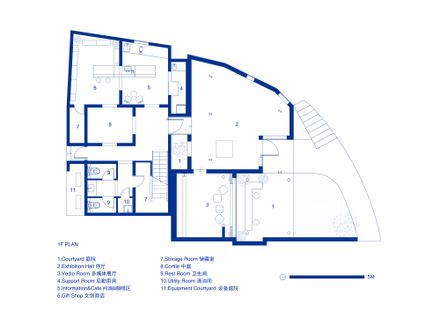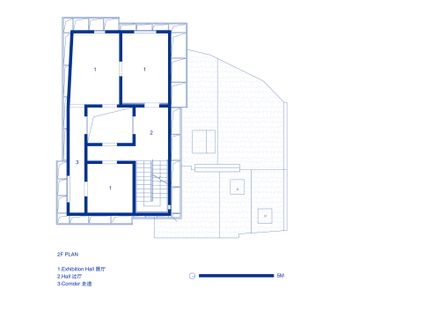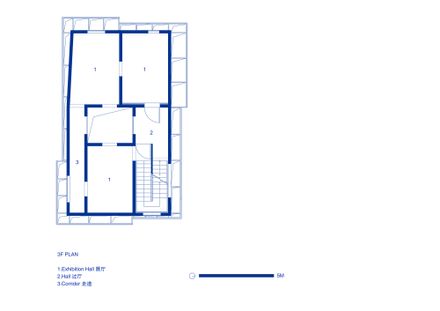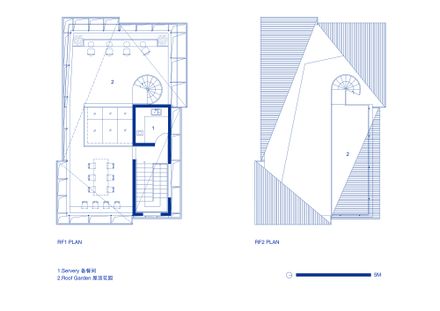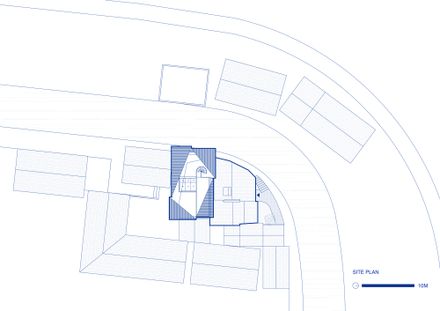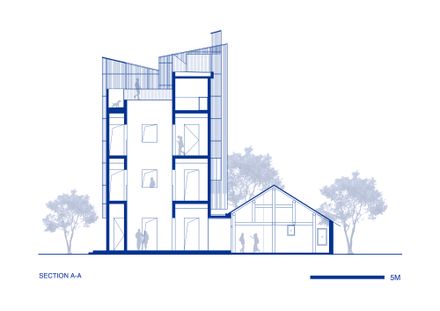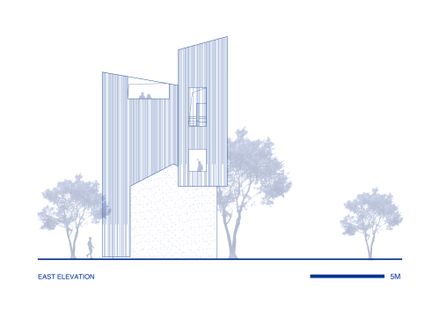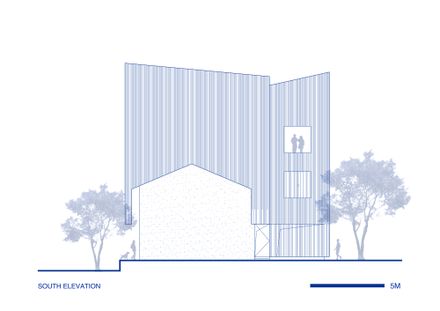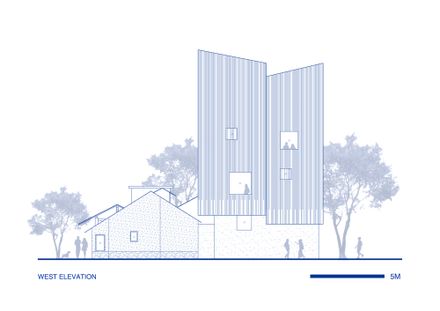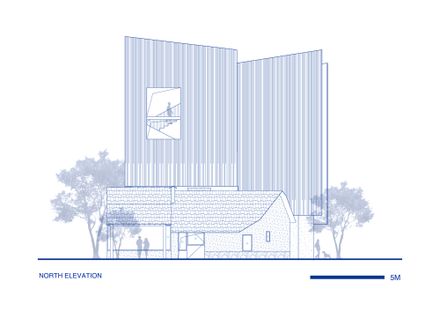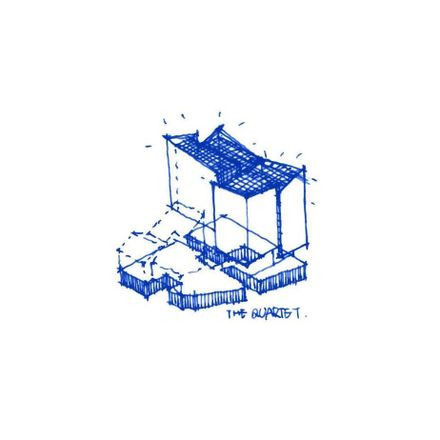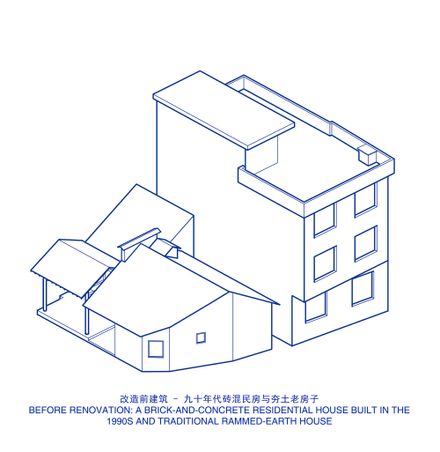
Songzhuang Z Museum
STRUCTURE DESIGN
Gonghe Architecture Design Group Co.,ltd.
DESIGN TEAM
Xiao Lei, Deng Caiyi, Shen Ruijie
OPERATOR
Mountain Creations
CURATORIAL TEAM
Csc Communis
CUSTOM FURNITURE
Team_bldg
YEAR
2025
LOCATION
Lishui, China
CATEGORY
Museum
THE QUARTET – SONGZHUANG Z MUSEUM
Located in Songzhuang Village, Songyang County, Zhejiang Province, the Z Museum sits over 400 meters above sea level, nestled deep within the mountains.
With its winding roads and narrow paths, arriving here for the first time feels like stepping into a modern-day version of the "Peach Blossom Spring". It is said that prior to 2017, this was a place even most locals of Songyang had never visited—or even heard of.
As a result, the village has managed to preserve much of its original character, including its traditional housing and historical spatial fabric.
In early 2024, TEAM_BLDG was invited to undertake a project in this 600-year-old village: to transform a brick-and-concrete residential house built in the 1990s into Z MUSEUM – the first contemporary rural art museum in China dedicated to the theme of weaving.
BETTER TO STAND OUT THAN TO DISAPPEAR
The original architecture stands in a prominent location within the village—its scale and material starkly contrast with the surrounding low, continuous rows of traditional rammed-earth houses. Having long been uninhabited, the building had been considered for renovation on multiple occasions.
It wasn't until the current operator, Mountain Creations, proposed transforming it into the Z Museum that a clear vision began to take shape. From the outset, the operator conveyed a definitive design direction to TEAM_BLDG.
Since the building's incongruity with the village context was an established fact, instead of concealing or diminishing it, why not enhance this contrast in a way that is memorable? At the same time, this contrast should be appropriate and graceful—resonating both with the spirit of an art museum and with the character of the village itself.
A QUARTET AND A COLOR-SHIFTING SKIN
Faced with the dense and rigid façade of the original structure, the design began with a deconstructive approach. Drawing on the scale and spatial rhythm of the surrounding old houses, the building was vertically divided into four volumes from the inside out, with inner courtyards inserted in between.
These four volumes were then interconnected vertically and horizontally. Varying rooftop terraces and semi-transparent shading canopies were introduced, generating a dynamic composition of staggered heights—what the architects describe as a "quartet" of forms.
To visually "lighten" the mass of the original building, the architects took inspiration from traditional textile weaving. Aluminum square tubes measuring 20mm x 40mm were painted red on three sides and white on one, then arranged into a fine lattice that wraps the entire façade.
Structural elements fixed to the façade act like the shuttles of a loom, guiding the interplay of "warp" and "weft," and weaving strands of dual-colored "yarn" into the building's skin. The result is a mass that feels both delicate and diaphanous.Concerned that the aluminum lattice might appear too rational and mechanical, the design team refined the arrangement by varying the spacing of the slats.
The gaps between the tubes are intentionally irregular, and the upper and lower sections are treated differently—with denser patterns above and more open ones below. Particularly on the terrace levels, the lattice introduces multidimensional interweaving, further amplifying the sense of "woven skin."
In the early morning, as sunlight begins to filter into the mountain village, light and shadow begin to "weave" across the façade. Thanks to the red-and-white orientation of the aluminum slats, the building takes on subtle and ever-shifting hues throughout the day.
This means that each visit to the Z Museum may offer a distinct impression: on bright, sunny afternoons, it may appear as a translucent pink volume; on rainy or snowy days, it becomes a serene, white monolith.
ASCENDING AROUND A SHAFT OF LIGHT
In order to give full focus to the artworks, the architects intentionally minimized additive interior design interventions, instead prioritizing the clarity of circulation and the relationship between interior and exterior spaces.
The journey begins in the adjacent rammed-earth structure, where a "prologue hall" has been inserted—a quiet, dimly lit space.
Aside from red-painted steel cladding added to the window frames and a traditional "tiger window," the room largely preserves the original appearance of the old house.
By contrasting this subdued spatial atmosphere with the contemporary interior of the main building, visitors undergo a sensory transition before entering the main exhibition areas.
A new skylight was introduced by carving out a vertical atrium—a "light well"—that spans all three levels of the main structure. This shaft allows natural light and ambient warmth to penetrate deep into the interior, while also visually and physically connecting the horizontal spaces on each floor.
Exhibition halls on each level are arranged around this central void, allowing visitors to glimpse others moving through the museum from different vantage points.
Original window openings were reconfigured in response to the surrounding landscape. This strategy of "secondary framing" allows curated views of the village to dialogue with the artworks on display, subtly bridging the museum interior with the rural context.
Meanwhile, large new openings were carved into the stairwell's exterior wall, transforming the third floor into a semi-outdoor space—visually and experientially reinforcing the museum's relationship with the village.
Upon reaching the rooftop terrace, visitors are offered an unobstructed panoramic view of Songzhuang Village.
The uniform wall and ground materials, along with the absence of deliberate functional zoning, only minimally guide people's behavior through varying elevations, allowing visitors here to fully experience nature and relaxation.
Notably, the architects also designed a custom "LOOM" furniture series for the museum's café and shop, inspired by the forms of traditional looms.
Constructed with 20×20mm square steel tubes as frames, each piece is wrapped and tensioned with 20mm-wide custom red woven straps to create both horizontal and angled surfaces.
The spacing of these woven elements echoes the façade's lattice system, extending the woven "thread" motif from exterior to interior.


